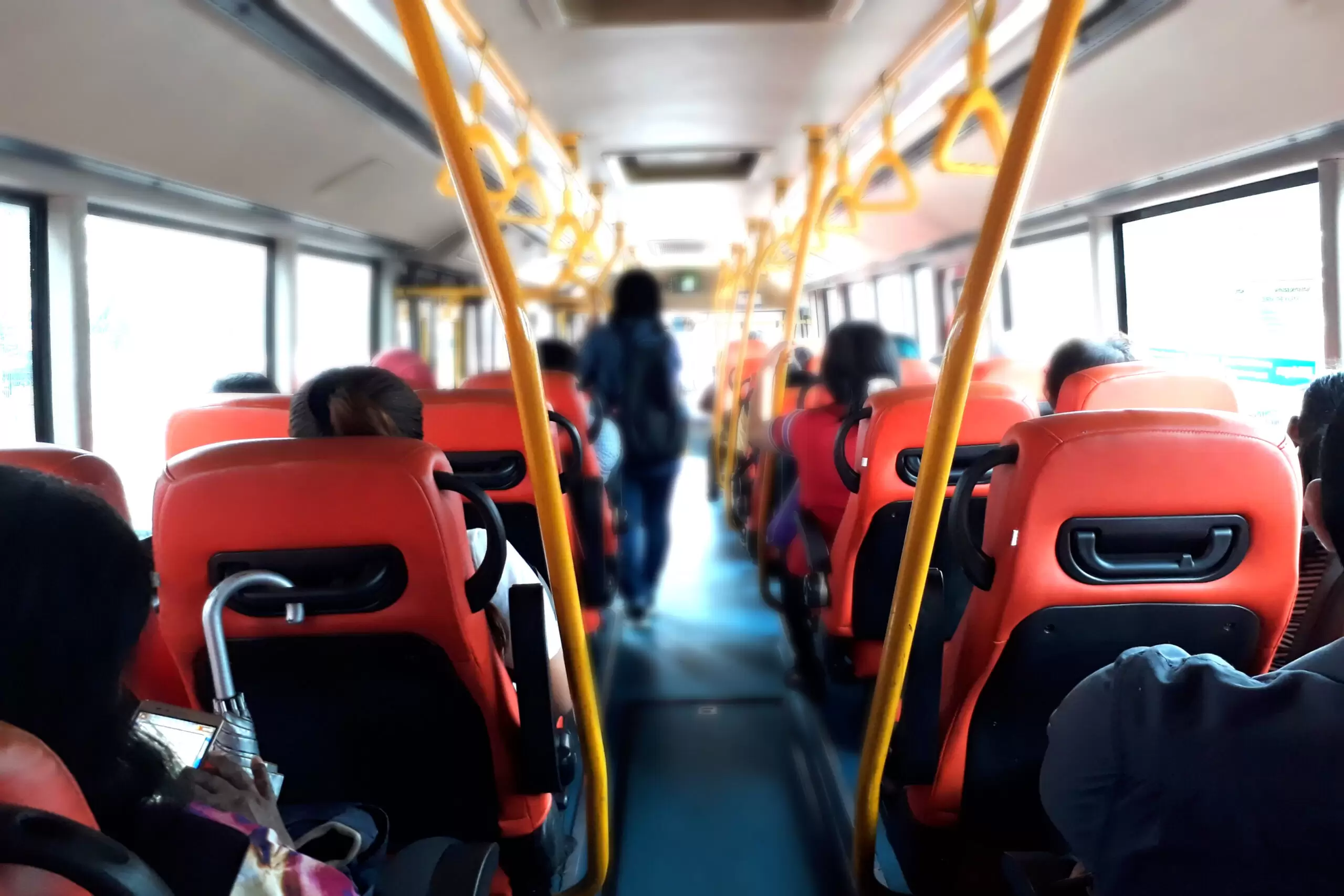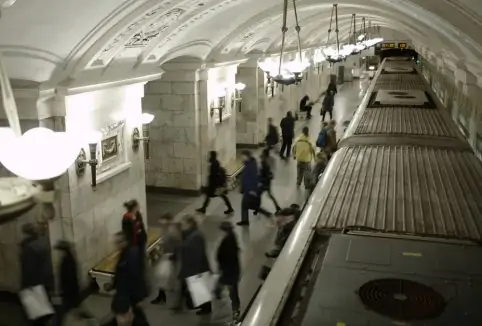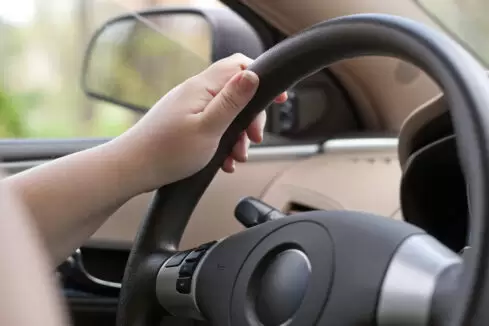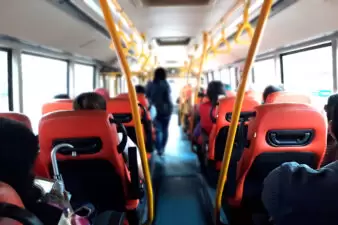
Buses, trains, and subways are all viable options for getting from point A to point B. However, there are many problems with public transit that, for some reason, nobody is really talking about.
From overcrowding to safety concerns, you should be informed about these issues while making your travel plans. Here are 11 huge problems with public transit that still need to be addressed.
1. Inadequate Coverage
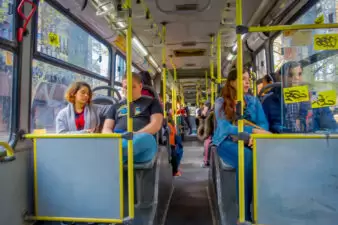
Public transit systems won’t always traverse the entire city or region. This creates “transit deserts” where communities have limited or no access to these services, which is especially the case in lower-income areas.
The lack of coverage is one of the biggest problems with public transit today. Some residents are forced to rely on personal vehicles or walk to the nearest station to take advantage.
2. Random Schedules
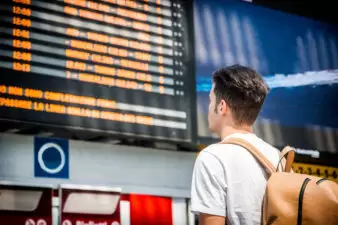
Outside of peak hours, the frequency of public transit can be frustratingly low. Passengers may need to wait hours for the next available bus or train, which makes public transportation an impractical option.
Night and weekend services are often even more sparse. Unfortunately, this creates unsafe situations with drivers hitting the road while under the influence of drugs or alcohol.
3. Lack of Reliability
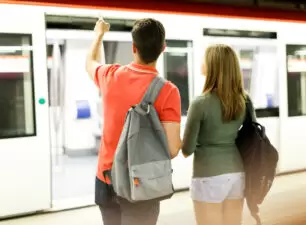
With no warning, the schedule could totally change with public transit. Buses and trains also frequently run late, which could affect your personal schedule.
Delays are also caused by weather, operational failures, and insufficient infrastructure. You can’t rely on the transportation to show up when it’s supposed to every time, which causes nothing but frustration.
4. Safety Concerns
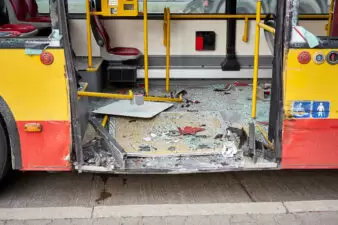
While public transit is generally seen as safer than driving, there are still many concerns. Crime is one of the top problems with public transit, but illnesses also spread quickly while on board.
Harassment and other forms of violence are also notable issues with public transportation. Moreover, aging infrastructure without proper maintenance can lead to accidents and breakdowns.
5. Poor Connectivity
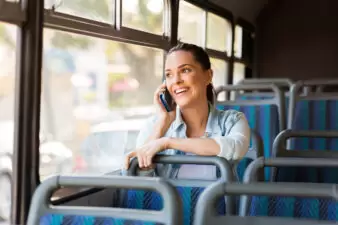
Unlike highways which are all connected, passengers may have trouble switching smoothly from one mode of public transit to another. There is no central body overseeing all forms of transportation, which only makes this problem a persistent one.
If there is a direct connection, you may need to wait for a while for the train or bus to appear. It’s all dependent on their respective schedules.
6. Accessibility Issues
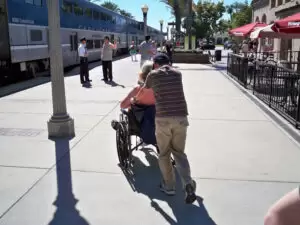
Many public transit systems are not fully accessible to people with disabilities. The problems with public transit can range from insufficient wheelchair ramps to a lack of elevators in stations.
Plus, it’s tough for a person with a disability to keep up with the hustle of the other commuters. Overall, these barriers not only violate legal standards in many cases but also discourage a significant portion of the population from using public transit.
7. Lack of Amenities
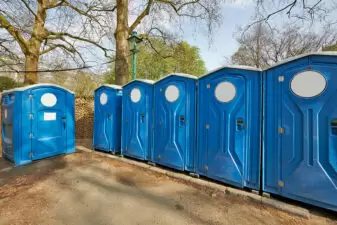
Clean restrooms, comfortable waiting areas, and adequate lighting are often lacking in public transit systems. The lack of amenities makes the experience unpleasant for many passengers.
In addition, charging stations for electronic devices are needed by passengers, but still missing in action on public transportation. Without this luxury, transit systems can seem outdated and inefficient.
8. Financial Inefficiencies
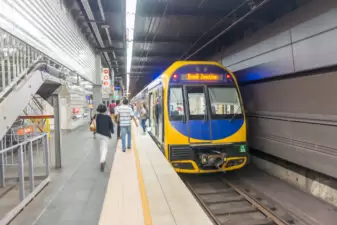
Unfortunately, cities around the world are investing less in their public transportation. According to the Institution for Transportation & Development Policy, spending has been slow to recover since the pandemic in 2020.
It’s a vicious cycle. The quality of service deteriorates because of the quality issues, but in turn, this leads to fewer passengers and even less revenue.
9. Environmental Impact
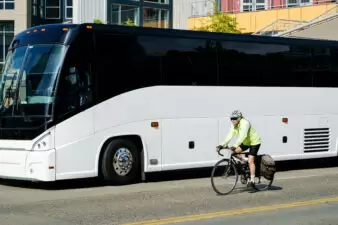
While generally considered environmentally friendly, many public transit systems still rely on outdated, pollution-heavy vehicles.
Upgrading these fleets to electric or hybrid models requires significant investment, which can be a barrier in low-income areas. Inefficient routes and underutilized services only contribute to environmental issues.
10. Cultural Stigma
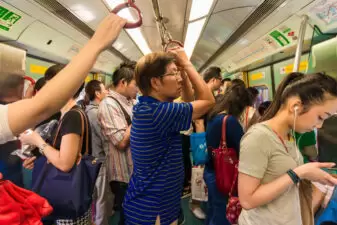
For some reason, it’s considered taboo to hop on the bus or train in some areas. You’re looked at as being financially unable to spend the necessary money on a personal vehicle.
The only way to address the problems with public transit is to change the stigma behind it. By doing so, city officials are more likely to invest money into improvements.
11. Complex Fare Systems
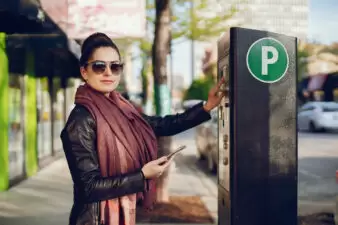
Some people have no clue how much it costs to take public transportation. Overly complicated fare systems only exacerbate the problem and make it difficult to get new passengers on board.
Pricing structures vary based on distance, the time of day, or the type of service. Simplifying these systems will only make public transit more accessible and user-friendly.
Fixing the Problems
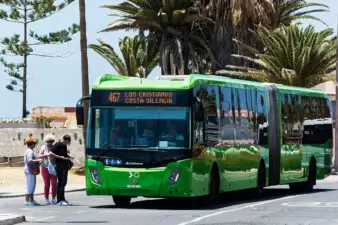
Each of these problems with public transit represents a substantial challenge. There are plenty of areas for growth, but these can only be addressed when enough voices are heard. Do not settle for dirty bathrooms at stations or no wheelchair ramp to get onto a bus. By raising your voice, you can help create change in the public transit system!
Read More:
12 Red Flags That Indicate Your Car Is a Lemon
How to Keep Your Business Bathrooms Up to Par

Alyssa Serio has been a writer and editor since graduating from Aurora University in 2014. In her free time, she loves reading, playing volleyball, and watching any horror movie (even the bad ones) with her husband.

